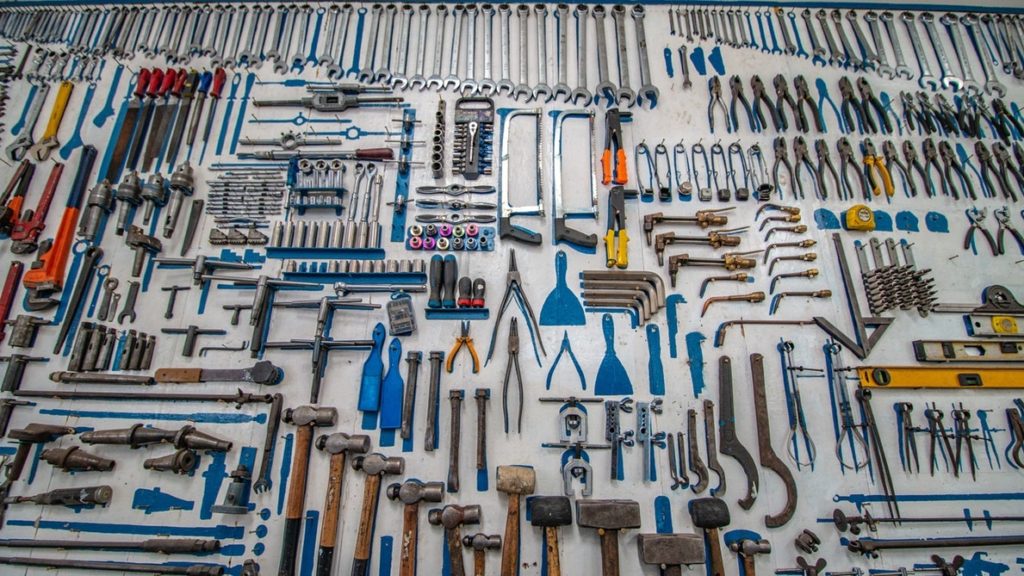Technical Writing is “Boring”? Think Again…

It’s a wide-spread misconception that technical writing is “boring.” Really? Perhaps it’s time to think again.
But let me take a step back first since in one particular sense technical writing is indeed boring since it has to be.
And by that this is what I mean: technical writing must be consistent. Variation of description is enemy of tech writing. If you use the verb “click” for a button, you cannot use “press” or “actuate” for other buttons since it leads to confusion and erosion of user trust. It creates unnecessary cognitive load. And when you eliminate variation from the way you write procedural steps, by definition, it becomes less “entertaining” and less “vivid.” So, in that sense, yes, technical documentation can be boring indeed – for an excellent reason as I tried to explain above.
However, having said that, technical writing and documentation comes in so many different formats, all of them which require a lot of creativity. Tech writers have a lot of tools in their tool box, each geared to a different purpose and different audience.
If you are thinking that tech writing is “boring,” you are probably thinking of the good’old printed user manuals with a few pictures and captions etc.
However, that’s just the beginning of what you can do to convey technical information to your audience.
You can also do the following:
- You can create help files – attached to a software or posted on the web.
- You can create mobile guides to be accessed from smart phones and tablets.
- You can create interactive tutorials where the users click controls and determine their workflow through the tutorial.
- You can create interactive audio and video versions of your documents.
- You can create “gamified” documents – technical documents in the format of a game that the users can play to collect points while learning how to do something.
- You can create e-books and post them on the Internet for global access.
- You can create documents with user-selected filters and branches so that each user can access only that section of the document which is perfectly applicable to their own specific case.
- You can create animations of all kinds to share technical information through animation videos.
- You can create slide shows (like the ones on SlideShare).
- You can create image-heavy installation and reference guides with very little text (like the accordion sheets that come with new computers).
- You can create forms and surveys to collect and share information.
- You can create exams and tests with all kinds of question-and-answer formats (True/False, Multiple Choice, Drag and Drop, Complete the Sentence, Fill in the Blank, Match Components, Click the Right Object, etc.)
For these different types of information products, technical writers use a wide array of tools some of which are MS Office apps, Adobe products (FrameMaker, RoboHelp, Captivate, Presenter, Photoshop, Illustrator), MadCap products (Flare etc.), a large number of online SaaS (Software as a Service) tools like ClickHelp, JotForm, etc.
So as you can see, technical writing has so many options to convey information that the real day-to-day problem for a tech writer is actually the need to select the best possible solution from such a rich palette of offerings and possibilities.
I thought I should share this important fact if you are considering tech writing as a career. I’ve been a tech writer for over 20 years now and it has been anything but “boring” so far.
(Image courtesy of Cesar Carlevarino Aragon at Unsplash dot com)
